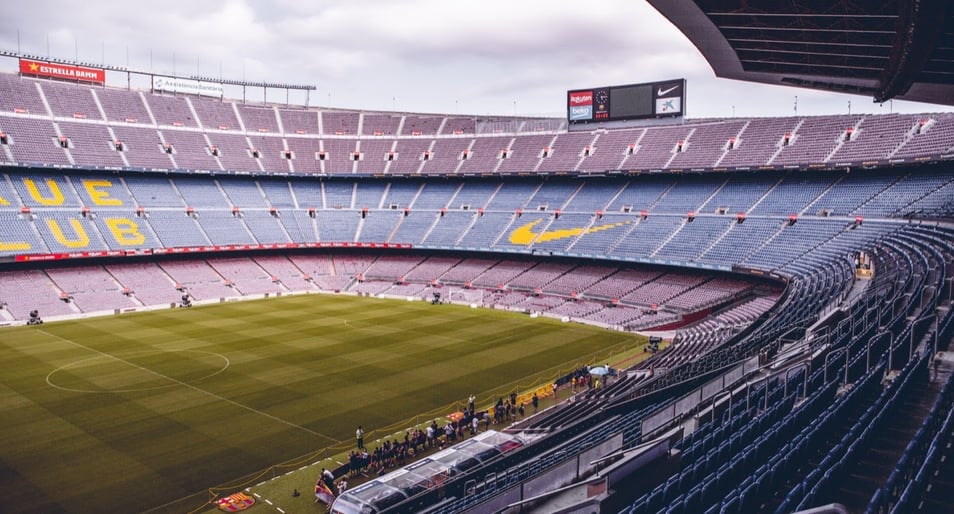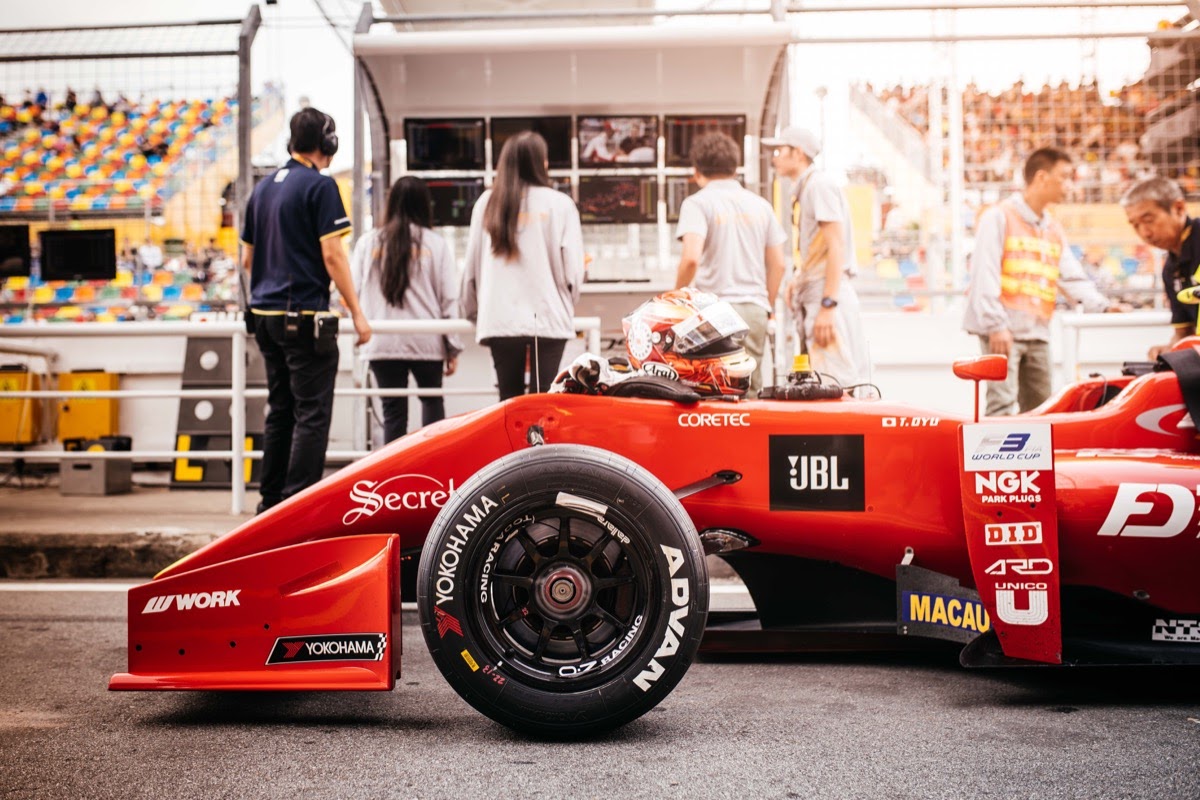

How do you know when partnering with a NASCAR team makes sense? Or whether sponsoring a Premier League asset is a good investment? For most sports marketers, those answers aren’t always clear.
Many variables make sponsorship hard to measure, says Sarah Jane Kelly, a senior lecturer at The University of Queensland in Australia. “These include competitors’ advertising and promotions, economic conditions and the quality and extent of the advertising in connection with the sponsorship.”
Brands want to be able to understand and report on sponsorship performance with meaningful accuracy, and they want insights into how their sponsorship investments drive exposure, engagement, favorability and ultimately conversions.
The emergence of analytics platforms like Relo Metrics now make it possible for marketers to measure and predict the impact of sponsorships across every stage of the marketing funnel. Below, we explore how Relo Metrics can deliver such insights.
Media Value Equivalency Shows the Impact of Feeding the Funnel
Media value equivalency calculates the benefit of sponsorships by comparing the exposure of sponsorship signage with what it would cost to receive the same amount and quality of exposure in a 30-second broadcast commercial, paid social media campaign or ad slot on a streaming platform. Media value equivalency levels the playing field, giving marketers a clearer way to compare the effectiveness of different media buys, and to predict mid and bottom funnel performance such as brand affinity and sales.
At Relo Metrics, we take this calculation further by applying a score that takes into consideration the quality of the exposure based on clarity, visibility, prominence, size, location and share of voice.
In our guide to sponsor media value, we outline that process:
- First, we assess the length of time a sponsor’s logo appears on the screen.
- Then, we quantify that cost in terms of the commercial spot rate for the game or the CPM on social media (the equivalent media value).
- We take into account six factors (visibility, prominence, share of voice, clarity, location and size) to determine a discount.
- We then apply that discount to the equivalent media value to arrive at a more accurate number.
Once calculated, brands can utilize media value to predict middle- and bottom-of-the-funnel performance. The more value added at the top of the funnel, the better results will be in the middle and bottom. If you're not generating a lot of brand exposure and you're not maximizing that opportunity with frequent insight-driven adjustments to maximize exposure, then you won’t be able to correlate that increase in those metrics with long term performance.

Onsite Activation Analysis Connects Dots Between the Funnel
Connecting the benefit of sponsorships to qualitative metrics like awareness or brand consideration has traditionally been very difficult, if not impossible, for sports marketers. Where we find clarity is by connecting sponsorships to quantitative impressions using onsite activation analysis.
Onsite activation analysis helps advertisers and sports properties gain a better understanding of how sponsorships are performing by capturing on-site impressions, assigning a media value to those impressions, and then also drawing the link between people who were identified at an event all the way to their foot traffic in retail stores.
For example, imagine an automotive brand pays to have cars placed throughout the concourse of an arena. Relo Metrics can attach beacons to each of the cars and use on-site activation analysis to identify:
- How many people visited those branded experiences.
- How engaged they were with the displays (e.g. by measuring the length of time they spent looking at a particular vehicle).
- Even how many people subsequently went to a dealership.
Every stage of the funnel —awareness, engagement and conversion —can be quantified to reveal exactly how far those sponsorship dollars went.
Audience Insight Data Sheds Light on Late-Funnel Metrics
We use social engagement to identify sponsorship performance and audience overlap. In particular, we can pinpoint the overlap between the affinity of social media users for a particular rights holder and the affinity of a particular brand.
These insights help brands identify the most effective sports partners: those who share a common audience. Throughout that partnership, the brand can measure sponsorship exposure, media value, reach, brand affinity and sentiment for that specific audience. Together, the partners can then optimize sponsorship campaigns so brand messaging resonates best with an audience and ultimately drive higher engagement.
Connecting sponsorship value to the middle and bottom of your marketing value is indeed possible, and it gives brands a measurable way to validate their sponsorships and optimize spending.
Images by: Patrick T'Kindt, Chi Hang Leong